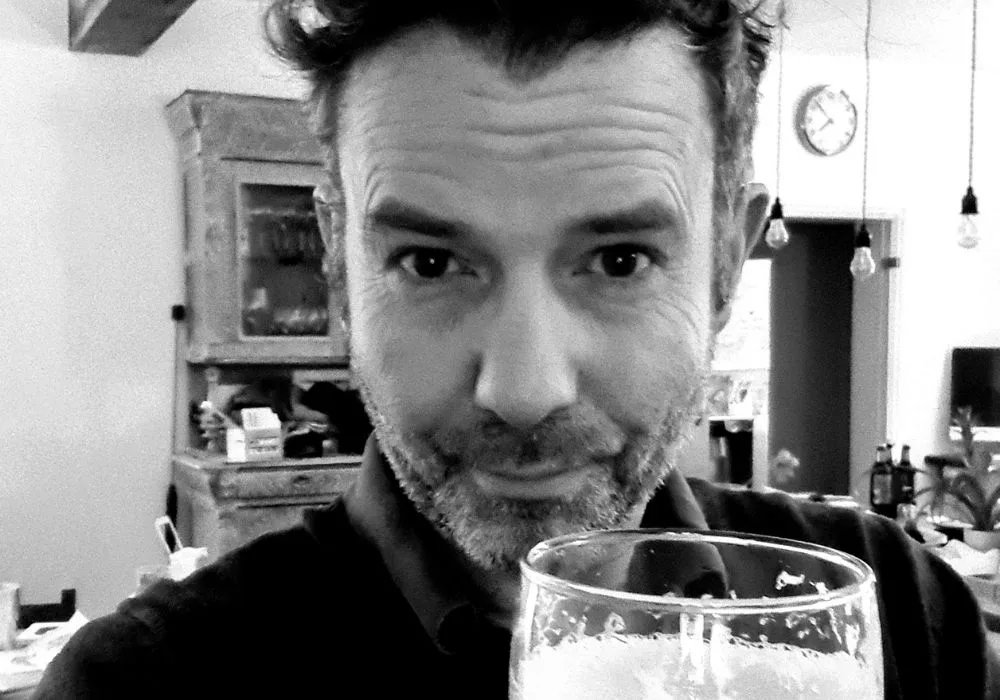By James Booth, Founder & CEO at Scoota
I like beer. When I was a teenager, I used to brew beer with my dad. Not from a kit, but manually – grinding the malt and sparging it; mixing different types of maze and hops. Mess everywhere. I may even be a beer snob. Probably.
The market for low-alcohol beers is frothing up. Someone I know founded a really great product and I’m thrilled to see the success he’s having with it. I won’t name the brand because the purpose of this waffle is to talk about retargeting, not about beer; though as alcohol-free beer goes, his is really rather good.
What I want to talk about here is retargeting, or rather the over-enthusiastic abuse of it.
I was chatting to Sir John Hegarty the other day about the very subject. Sir John has an investment in a business that I happened to bump into when I was searching for a new mattress for a campervan conversion. Beer and mattresses – possibly not a bad combo. But as with my friend’s low-alcohol beer, John’s mattress business won’t leave me alone. It’s social media for the beer and YouTube for the mattress.
I’m not talking about the occasional ‘hello’, it’s incessant; it’s endless. I cannot remember the last time I strolled through Facebook or Instagram without my friend’s beer watching my every move, just as my dog does when she thinks it’s time I fed her. I could write out every word of the first non-skippable moment of the mattress ad. It’s in my head now. Please make it stop!
Sir John calls brands that retarget until you can’t stand it anymore ‘stalker’ brands. That’s gentle; I wouldn’t be anywhere near as kind. What I do know is that I’ll not be buying a mattress from Sir John’s company and I’m afraid to say that I will most probably no longer buy any of my friend’s low alcohol beer, though I know I should; my relationship with the brand has changed dramatically, despite me being there when it was temporarily called something else and enjoying the process of feeding back on those early and very exciting stages of a brilliant start-up.
And that’s the nub of it. That moment when an aspirational brand becomes a serial pain in the backside. When the cachet crashes. I now have ‘When The Levee Breaks’ by Led Zeppelin in my head. Ha! It got rid of the mattress monologue.
Why does it happen? Here’s what I think:
Adtech educates agencies. But adtech tends to be in a hurry to grow and exit, so in order to gain necessary traction, will splash the T&E and sign up to chunky rebates. It’s all part of the game for many vendors, unless your position is that of not offering rebates, which I have come to realise explains why many large agencies in the UK won’t work with Scoota. My bad.
The problem with retargeting a product to an individual is that the campaign volumes tend not to be very exciting. If the number of unique users is relatively small, how on earth can large amounts of budget be spent unless the brand is a department store with thousands of SKUs? It can’t. Actually, it can if session capping is thrown away. Retargeting an end user to the brink of their tether is also part of the game.
But what does relentless retargeting do to performance? I mentioned the other day that Google had stopped sharing its click-through data. My assumption is that it’s not pretty enough to be shown. Many of you will be familiar with the industry norms for programmatic display; performance figures that to me, shout out “leave me alone!”. If you haven’t seen them, here’s a link: https://www.acquisio.com/blog/agency/what-is-a-good-click-through-rate-ctr
Perhaps it’s academic. The Google ID debate is turning everyone into cookie-free, creative experts overnight; soon retargeting will be a thing of the past unless alternative IDs find a way to deliver their aims within browsers that won’t support them, and in a way that protects them from privacy regulations.
But for me the problem is bigger than retargeting or whether the ID will survive; it’s about care. Care for the end user, care for the client’s brand, and care for the preservation and growth (for good) of our industry. The other day I was presented with an advert for a low-alcohol beer. The creative was strong and the delivery context was right. The only thing that stopped me clicking on it was the fear of then being stalked.
Digital advertising has been seen as the Wild West for too long. There have been many phases of play during which the focus has been on what certain players in the industry could make out of it rather than what they might contribute. Paying the price have been the brands and end users.
“Is this why advertising appreciation is also plummeting? We’ve become stalkers not inspirers.” Said Sir John.









